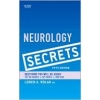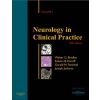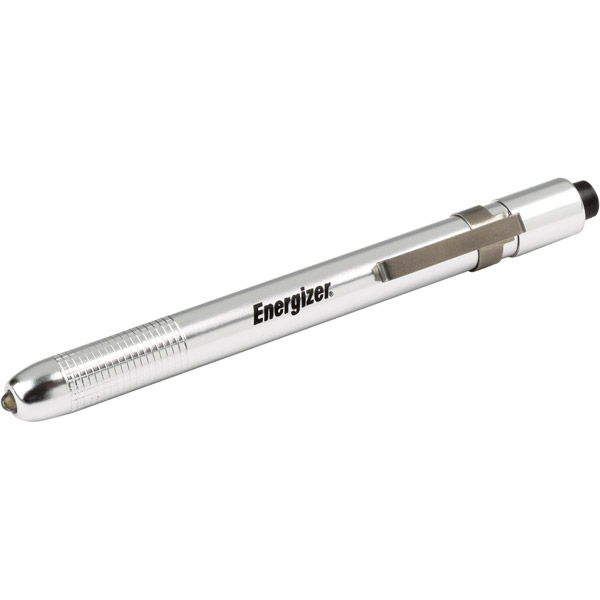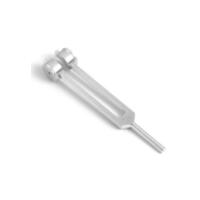Recommended Books:
Med student/Intern/1st Yr Neuro Resident:
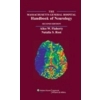 Mass General Handbook of Neurology
Mass General Handbook of Neurology
Neuroanatomy/Exam:
 Neuroanatomy Through Clinical Cases
Neuroanatomy Through Clinical Cases
Neurology Resident Books
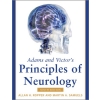 Adam & Victor's Principles of Neurology
Adam & Victor's Principles of Neurology
Bradley & Daroff's Neurology in Clinical Practice 5th Ed 2 Vol Set
Tools:
Tuning Fork (128c for vibration sense)
Useful Links:
Neuro Disorders Index by NINDS
Scriver's Online Metabolic and Molecular Basis of Inherited Disease
-Searchable web version of a 3 volume, $700 textbook series. Lots of graphs, algorithms, etc. Excellent reference but unfortunately only excerpts from chapters are available for free.
Currently FREE website that helps simplify complicated mitochondrial diseases and their work up by experts in the field such as Dr. Sumit Parikh.
Best used for rare peds neuro diseases, this site allows you to input age, various symptoms, lab results etc to create a differential diagnosis.
Useful Neuro Sites by Dr. Rae-Grant
Websites on search tools, anatomy, diagnosis, current trials, etc.
NeuroSpotLight.com by Dr. Stephen Berman (our friend at Dartmouth)
-Offering lots of information and links
Basic Neuro Note Template:
Vital Signs:
Pain Scale: __ on a scale of 0-10
General Medical Exam:
General: Well appearing, comfortable, in no apparent distress. Eyes/ENT: see
cranial nerve examination. Neck: No masses appreciated. Full range of motion
without tenderness. Respiratory: Clear to auscultation, good air entry bilaterally.
Cardiac: Regular rate and rhythm, no murmur. GI: Soft, non-tender, non-distended
abdomen. Bowel sounds normal. No masses, organomegaly. Extremities: No
deformities, edema, or skin discoloration. Skin: No rashes or lesions.
Neurological Examination:
Mental Status: Alert and oriented to person, place, and time with fluent speech.
Recalls 3/3 items after 5 minutes.
MMSE: __/30
Cranial Nerves: II: Visual fields full to confrontational testing. Unremarkable fundi.
III-IV-VI: Pupils equally round and reactive to light. Normal conjugate, extra-ocular
eye movements in all directions of gaze. No nystagmus. V: Normal facial sensation.
VII: Normal facial symmetry and movements. VIII: Normal hearing and vestibular
function. IX-X: Normal palatal movement. XI: Normal shoulder shrug and head
rotation. XII: Normal tongue strength and range of motion, no deviation or
fasciculation.
Motor: Normal tone and muscle bulk with no pronator drift. No atrophy or
fasciculations present on examination. Strength 5/5 upper and lower extremities
bilaterally.
Reflexes: 2/4 throughout with down-going toes bilaterally. No Hoffman's/tromners
sign.
Sensory: Normal and symmetric perception of pinprick, light touch,
proprioception, and vibration; (-) Rhomberg.
Coordination: No dysmetria. Normal rapid alternating movements; finger-to-nose
and heel-to- shin testing are within normal limits.
Gait: Normal native and stress (tandem/heel/toe walking).

